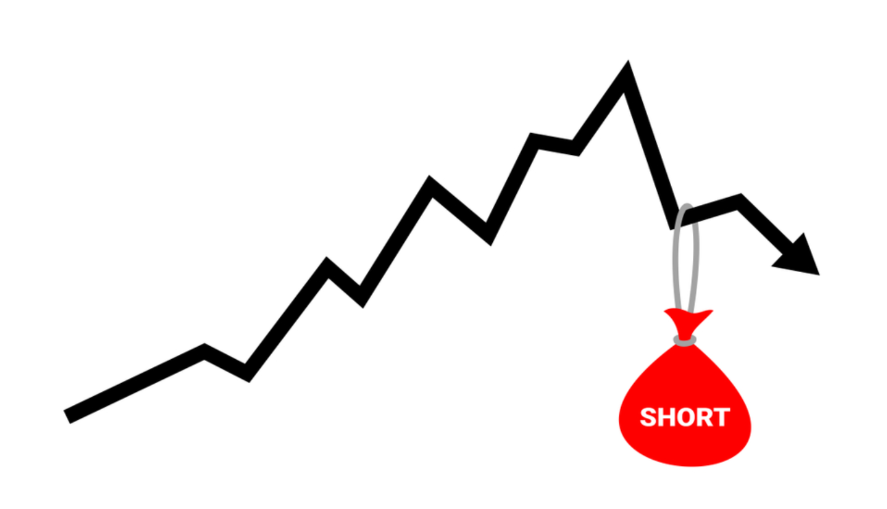Today I want to go over one of my favorite chart patterns with you and review a biotech stock that I have spoken about a couple of times on The Biotech Breakout Weekly Watch List.
The higher high, higher low pattern is a pattern that I look for time and time again.
This pattern might signal a reversal, a change of momentum, and a possible trend formation.
The reason I like this pattern is that it might present a favorable risk: reward opportunity.
When a stock makes a higher high and higher low, the chart tells me that buyers are now stepping up and willing to pay higher prices than before.
For example, the above chart of PROG depicts the higher high, higher low pattern very well.
Notice how the trend forms after the stock bottomed out sub $1.
The first higher low was confirmed in the $1.20s, and the higher high was established at $2.70. After that, an upward trending channel had been formed, whereby consecutive higher highs and higher lows developed.
In this case, identifying the pattern and character change might have presented a solid opportunity to precisely identify and buy support and sell into the upward channel’s resistance.
Aditxt (ADTX)
ADTX, according to Yahoo, is a biotech company that develops technologies that focus on improving the health of the immune system through immune reprogramming and monitoring.
Market Cap: 63.6M
Float: 24.69M
Short Interest: 2.20%
Average Volume: 6.61M
I mentioned this stock to my members on October 18th, on the Biotech Breakouts Weekly Watch List, after the stock had a strong week but pulled back to a possible entry area above the 20d MA.
From the Watch List, my exact plan was to look for a possible entry around $1.70, with a stop below $1.50, looking for a target area of $2.20.
Then, on November 1st, I discussed the stock again on the Biotech Breakouts Weekly Watch List.
I reiterated the plan, as I liked the pattern developed on the daily chart, to look for an entry over $1.70, with a stop below $1.50 and a target area of $2.20.
Notice the higher high and higher low formation, which formed on the daily on October 18th. The stock bottomed out and then went on to make a higher low towards the end of October.
The potential long entry, and confirmation of the pattern and reversal, was when the stock broke above $1.70 and the 20d MA at the beginning of November.
Three days after breaking above the entry area I had planned ($1.70), the stock traded to $2.72.
I had $2.20 as a target area as that was a significant resistance area from the daily chart.
The stock has since pulled back. However, it continues to hold the uptrend and make higher highs and higher lows, so I continue to monitor it.





